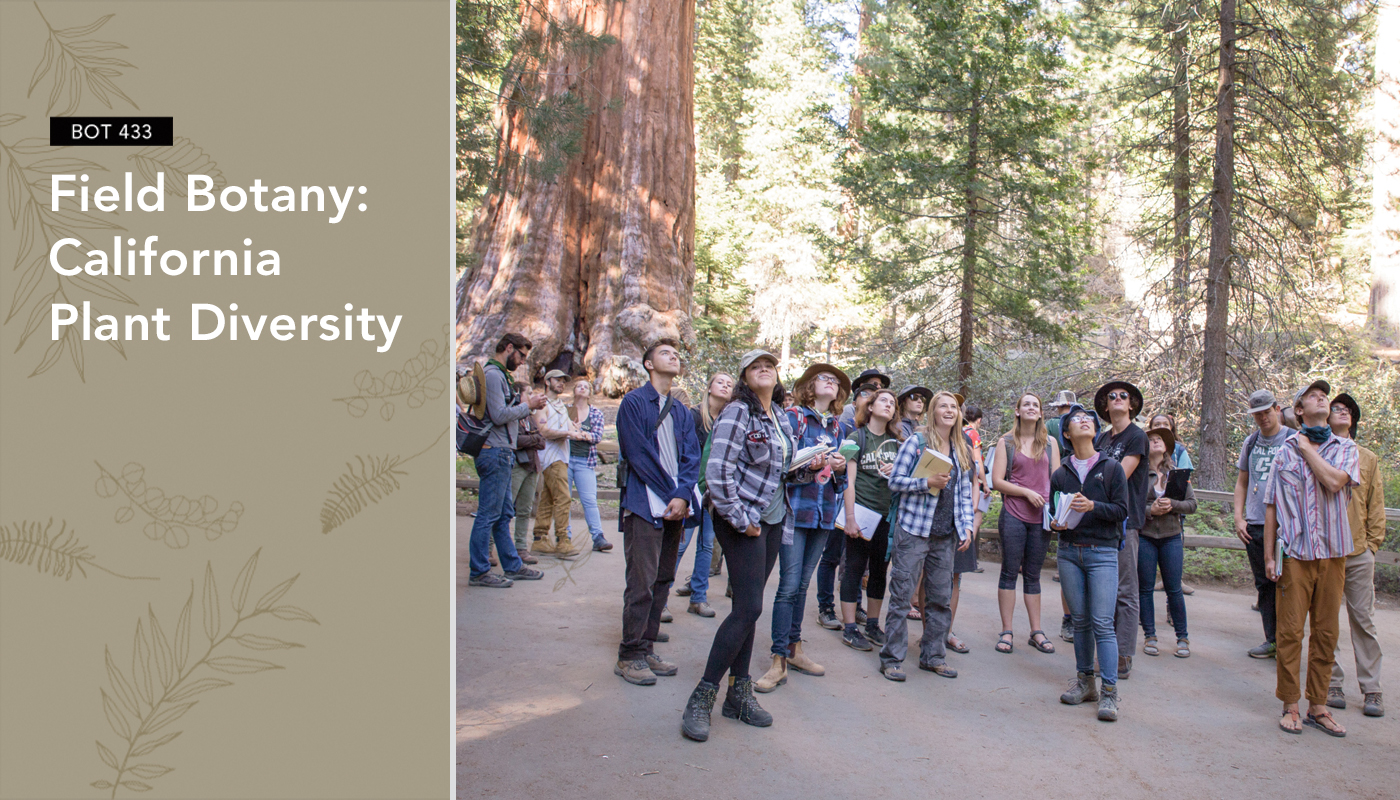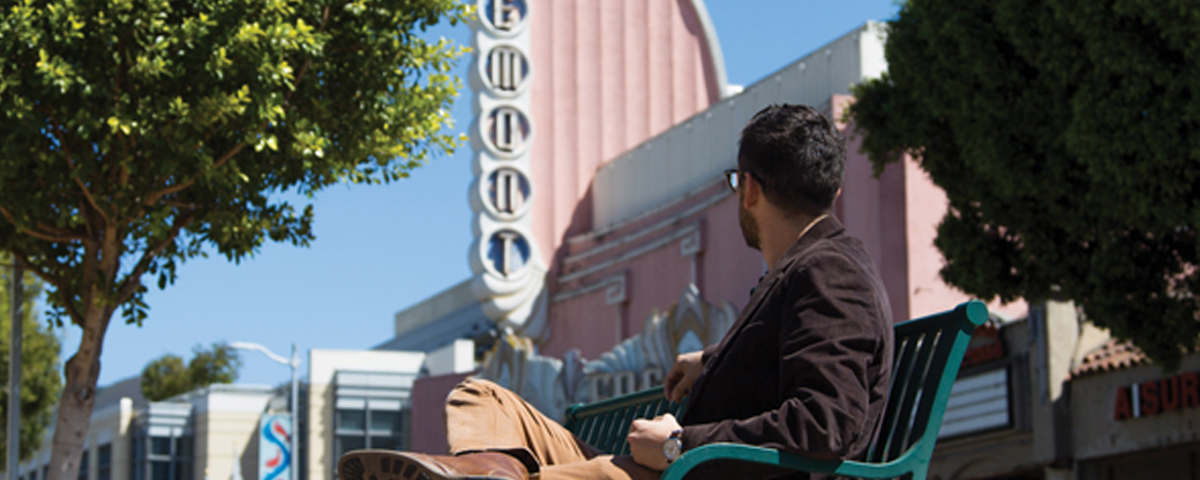Ask the Archivist
Major Change
By Laura Sorvetti, University Archives

Students styling mannequins in the Home Economics Department in 1971
Alumni visiting campus are often surprised to see how much their old stomping grounds have changed. Perhaps no less shocking is the changing landscape of the academic programs they once knew. Changes to majors and departments often reveal the evolving nature of the industries that these majors prepare students to enter. Here is a look back at some of the biggest changes to long-running majors – from name changes to major overhauls.
Running Hot and Cold
From the 1940s to the 60s, the popular major Air Conditioning and Refrigeration Engineering intended to provide graduates with training in the “installation, maintenance, and operation of air conditioning and refrigeration equipment.” The department lives on within the Mechanical Engineering Department in the College of Engineering, where students prepare for the heating, ventilating, air-conditioning, and refrigeration industry with a focus on the design of mechanical systems for commercial and industrial buildings.

A view of the HVAC lab at Cal Poly
Beyond the Press
Established in 1947, the Printing program was designed to prepare students for positions of responsibility in the allied trades of the printing industry, as well as to prepare them to be owners and publishers of rural newspapers and print shops. In the 1960s the department moved from the College of Engineering to the School of Applied Arts with a new name: Printing Engineering Management, which evolved further into Printing Technology and Management, finally becoming the current, more digital-focused Graphic Communication program in 1970.
Department in Motion
In the 1960s, Men’s and Women’s Physical Education was established to “prepare both men and women as secondary teachers in the fields of physical education, health, safety education and driver training.” Forty years later, the department transformed to focus more broadly on the science of human movement as Kinesiology, adding a new emphasis in 2018 to become the department of Kinesiology and Public Health.
This Just In
The modern Journalism program has switched names a few times. After separating from the original English, Speech and Journalism program, it became a branch of ag studies as Agricultural Journalism in 1950, before transitioning to Technical Journalism and then Journalism in 1967.
Planted Together
Sometimes longevity is best ensured by the merger of departments. In the ’50s and ’60s, Field Crops Production,Truck Crops Production, and Fruit Production came together as the Crop Science department, which later merged with Ornamental Horticulture to become Horticulture and Crop Science department. Today that department offers an agricultural and environmental plant sciences major with concentrations in fruit and crop science, plant protection science and environmental horticulture science.

Students in the home economics program review textile samples
Home Sweet Home
And some majors and departments are so radically transformed that they no longer exist as they once were. The Home Economics Department, discontinued in 1993, prepared students for home economics education, interior design, and textiles and clothing merchandising. Additional professional courses were offered in foods and consumer economics. The department’s legacy lives on today in Food Science and Nutrition, Psychology and Child Development.
Throughout its 100-plus-year history, Cal Poly has continued to adapt and change to prepare students for the future of their professions. What will the next century bring?
Hey alums, we want to hear from you-what was your major at Cal Poly? What’s changed since you were here? Email us at magazine@calpoly.edu.





